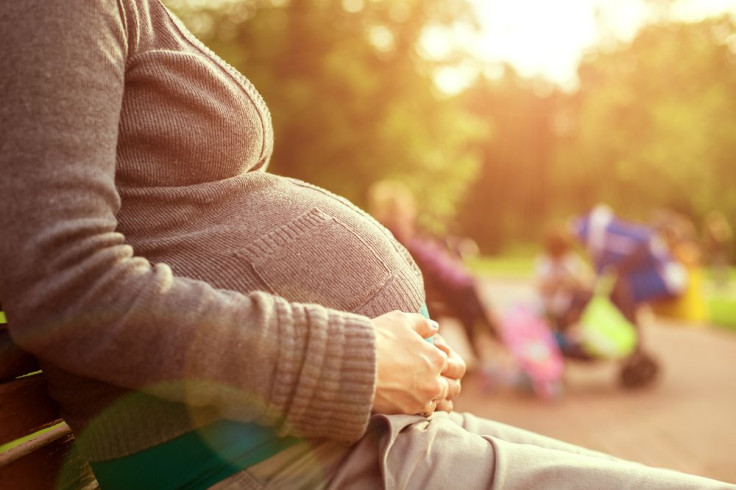
Last fall, a photo 28-year-old indigenous woman being forced to give birth on the lawn of a clinic in Mexico took social media by a storm, as people within the country and internationally were shocked that an expecting mother would be turned away from a medical institution. Irma López Aurelio, a Mazateco hailing from of Jalapa de Díaz in Oaxaca, reportedly went to the Jalapa de Díaz Health Center with her husband after her water had broken. After waiting in the hospital for two hours, López Aurelio ended up walking outside and giving birth to her son, Sabino Salvador, on the grass.
The clinic has stated that they were understaffed and there was a miscommunication due to a language barrier, but the harsh reality is that such birthing situations are not uncommon to indigenous women. In fact, the mayor of Jalapa de Díaz, Silvia Flores, told Spanish-language online newspaper The Clarin that López Aurelio's case was the second time a woman resorted to giving birth on the health center's lawn, as an indigenous woman gave birth earlier last year.
Shortly after López Aurelio's birthing photograph went viral, a YouTube video surfaced of a woman giving birth in a hospital's waiting room in the Mexican state of Puebla. Uploaded by two separate users -- Moderador Tehuacán and José García -- the video depicts a woman lying on the floor while hospital employees argue in the back.
While these cases made headlines, many others do not. Consider this: Activists working in villages in southern Mexico have reportedly documented 20 recent cases of women giving birth outside of hospitals claiming to have no more space. This troubling pattern has led women's rights advocates to seek international assistance by appealing to the Inter-American Commission on Human Rights on behalf of the indigenous women.
"These are not isolated cases. We have a pattern. We are not talking about one woman. There are many and nothing is being done to solve the problem," said Regina Tames, director of the Reproductive Choice Information Group, a non-governmental organization based in Mexico City, reports the Associated Press.
In Mexico, 15 percent of the population identifies as indigenous and according to the United Nations, the poverty rate in the indigenous population is 3.3 times higher than the overall population. What's more, in Latin America, the child mortality rate is 70 percent higher in indigenous communities.
© 2025 Latin Times. All rights reserved. Do not reproduce without permission.



